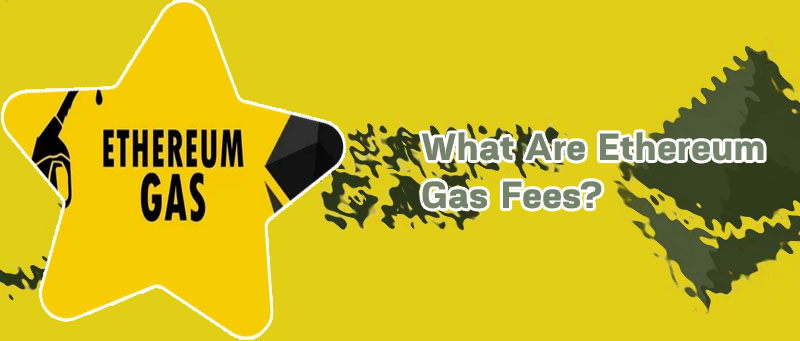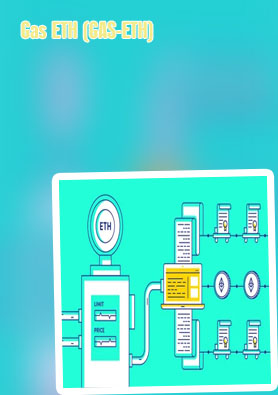Eth gas

About This ETH Gas Data
Gas fees are denominated in “gwei,” a unit of Ether (ETH), which is Ethereum’s native cryptocurrency. Gwei is a contraction of “giga” and “wei,” representing 0.000000001 ETH. When initiating a transaction or a smart contract, users set a gas price in gwei that they are willing to pay for the computational resources required to process their request. Miners then prioritize transactions with higher gas prices, as they are incentivized to include transactions with higher rewards. Ether gas price Reddit partners with FTX to enable ETH gas fees for community pointsEth gas fees today
The fee market for gas is constantly changing. And Blocknative's gas tracker platform leverages our global mempool data platform to help you transact with confidence. Coins Mentioned But wait! High gas fees have been a major concern for Ethereum investors, causing quite a stir within the community. Here’s a tip to tackle the issue: consider the size of your transactions to avoid excessive fees. In this blog post, we’ll delve into the hot topic of eth transfer fees and explore ways to keep those fees from burning through your digital pockets. We’ll provide tips on how to protect yourself from potential attack and manage your eth gas efficiently.
How TokenTax can help with your crypto gas fee taxes
Gas tokens allow users to store gas when prices are low and spend it when prices are high. The article highlights the benefits of gas tokens as a hedge against rising gas prices, especially during times of volatility and network congestion. Pros and Cons of Gas Ethereum’s average weekly transactions are down nearly 20% over the last year, while the weekly average number of active Ethereum addresses is also down more than 20%, according to IntoTheBlock data.Ether gas price
Gas limit represents the total amount of gas you want to spend per transaction. It’s expressed by units - for example, for basic Ethereum transactions, the minimum gas limit is at least 21,000 units. Anything less than that means your transaction won’t get picked up and processed by miners. Why are ETH Gas Fees so High? Calculating Ethereum gas fees involves two main factors: the gas limit and the gas price. The gas limit is the amount of work or computational effort it takes to process your transaction or execute a contract. It's like the mileage on your road trip: the further you go, the more gas you need.
- Ethereum gas fees tracker
- Etherium live price
- Cryptocurrency bitcoin price
- Cryptocom taxes
- Btc value usd
- Buy bitcoin online
- Shiba inu coin cryptocurrency
- Who has the most btc
- Bitcoin investment
- Buy telcoin crypto
- Bitcoin converter
- Gaming crypto
- Google bitcoin
- Cryptocom card
- Cryptocom trading fees
- Cheapest bitcoin price
- Is bitcoin a good buy
- What the hell is bitcoin
- Wallet for crypto
- How to buy dogecoin stock on coinbase
- Ether 1 crypto
- How to buy safemoon on cryptocom app
- Best crypto to buy
- Crypto interest
- Cryptocom unsupported currency
- Eth gas tracker
- Buy bonfire crypto
- How much is 1eth
- Bit coin diamond
- Trending crypto
- Should i buy bitcoin or ethereum
- Will dogecoin be on coinbase
- Crypto credit
- Where to buy crypto
- Buy cryptocurrency
- Crypto market live
- Cryptocurrency app
- Defi ethereum wall
- Cryptocom app
- How much is bitcoin today
- Crypto com nft
- Launches crypto world check section blog
- Crypto pc
- Binance bitcoin
- Crypto earn
- How does btc mining work
- Bitcoin starting price
- Dogecoin 20 where to buy
- Bitcoin's value today
- Coinbase cryptocurrency prices
- Free ethereum
- When did btc come out
- Ergo crypto
- Send bitcoin
- Crypto com not letting me buy
- Cryptocom verification process
- How to withdraw money from cryptocom
- How does cryptocurrency gain value
- Btc funds
